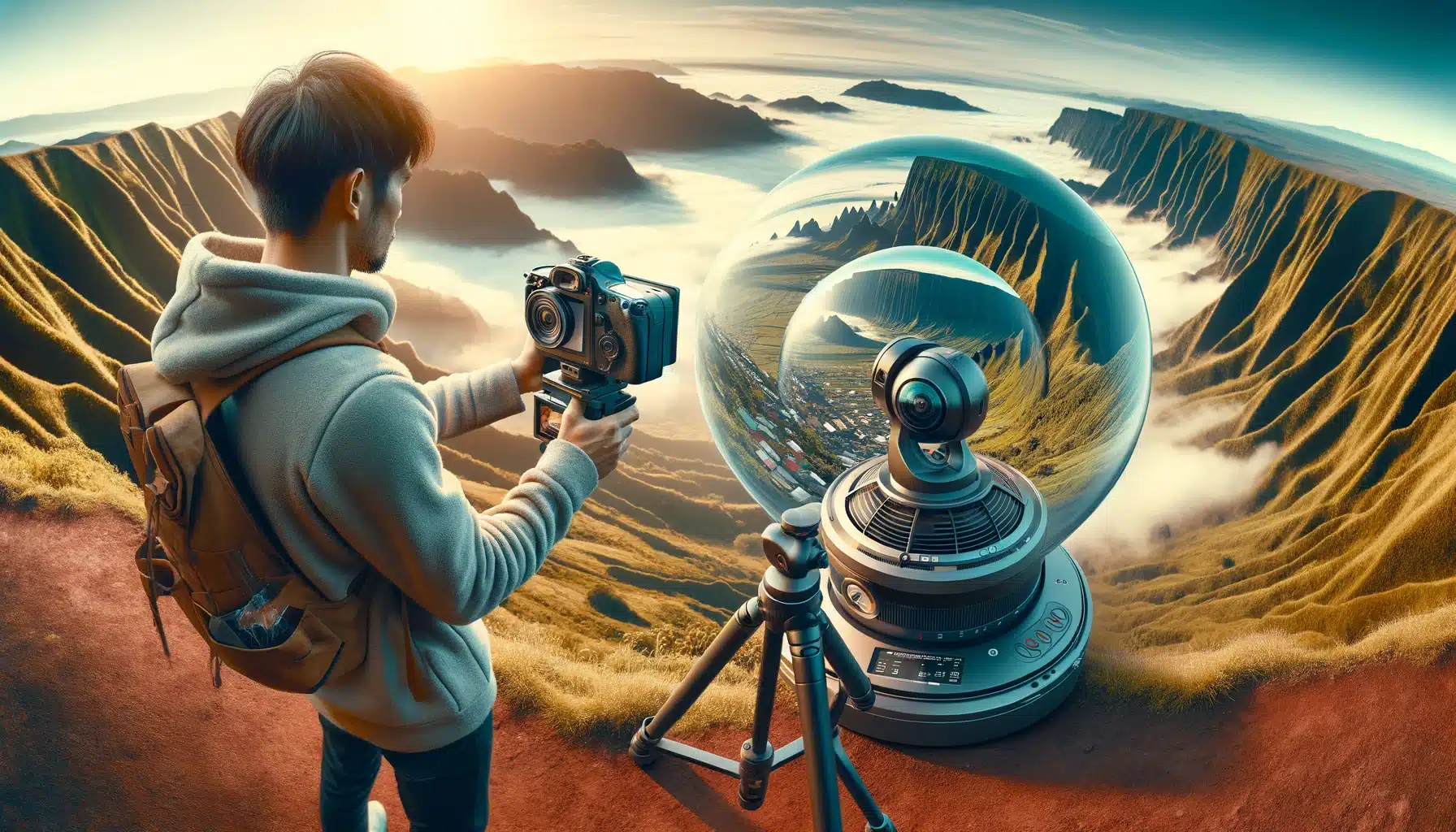Mastering 3D: Advanced Photography Techniques
In the world of photography, 3D photography techniques stand out as a captivating and immersive way to capture moments and scenes in stunning depth and detail. While mastering the basics of 3D photography is a great starting point, delving into advanced techniques can elevate your skills to new heights and unlock endless creative possibilities. In this post, we’ll explore some advanced 3D photography techniques that will help you take your craft to the next level.
Beyond the Flat Lens: Mastering 3D Photography Techniques
Photography has always captured the world around us in stunning detail. But what if you could transcend the limitations of a two-dimensional image and create photos that truly come alive? Enter the captivating world of 3D photography! This advanced technique allows you to capture depth and dimension, adding a layer of realism and interactivity to your photographs.

Ready to push the boundaries of your photographic skills? Let’s delve into some of the most popular 3D photography techniques and explore how you can use them to create awe-inspiring images:
The Classic Duo: Mastering the Art of Stereo Photography
This technique forms the foundation of many 3D photography methods. Stereo photography utilizes two slightly offset cameras to capture an image from two different perspectives, mimicking the way our eyes see the world. Imagine a landscape photo – with stereo photography, you’d capture two images, one from your left eye’s perspective and another from your right. When viewed through a special stereoscope or with software that merges the images, the scene comes to life in 3D!
Light Up Your Lens: Exploring Lenticular Photography
This technique utilizes a special lenticular lens – essentially a series of tiny slits – placed in front of a series of slightly different still images. Imagine a portrait photo – with lenticular photography, you might capture multiple images with slight variations in focus or perspective. When viewed through the lenticular lens, these images blend together, creating a 3D illusion that shifts depending on the viewing angle. This technique is often used for novelty items like 3D trading cards or holographic portraits.
Movement in Stillness: Capturing the Magic of 3D Motion Photography
Ever wanted to capture a fleeting moment in 3D? With 3D motion photography, you can! This technique involves capturing a rapid sequence of images, similar to a burst mode on your smartphone but with specialized equipment. Imagine a dancer leaping through the air – with 3D motion photography, you’d capture a series of frames that, when viewed in quick succession, create a 3D representation of the movement. This technique is particularly effective for capturing dynamic action shots.
Embrace the Future: Exploring Light Field Photography
This cutting-edge technique captures not just the color of each pixel but also the direction of the light rays hitting that pixel. Imagine a bustling street scene – with light field photography, you’d capture the scene in a way that allows viewers to adjust the focus point later, essentially creating a 3D image where they can control what’s in focus. This technology is still under development but holds immense potential for creating interactive and immersive photographic experiences.
Beyond the Gear: Essential Tips for Mastering 3D Photography
While the equipment plays a role, capturing stunning 3D photos is as much about technique as technology. Here are some key tips to remember:
- Precise Alignment: In techniques like stereo photography, ensure your cameras are perfectly aligned for optimal depth perception.
- Focus on Lighting: Consistent and even lighting is crucial for achieving a realistic 3D effect.
- Subject Selection: Objects with clear foregrounds and backgrounds tend to translate better to 3D.
- Post-Processing Power: 3D software plays a vital role in stitching images together and creating the final 3D effect.
Mastering 3D photography takes practice and dedication, but the rewards are well worth the effort. So, grab your camera, embrace the challenge, and get ready to create images that transcend the flat frame and truly leap into the third dimension!